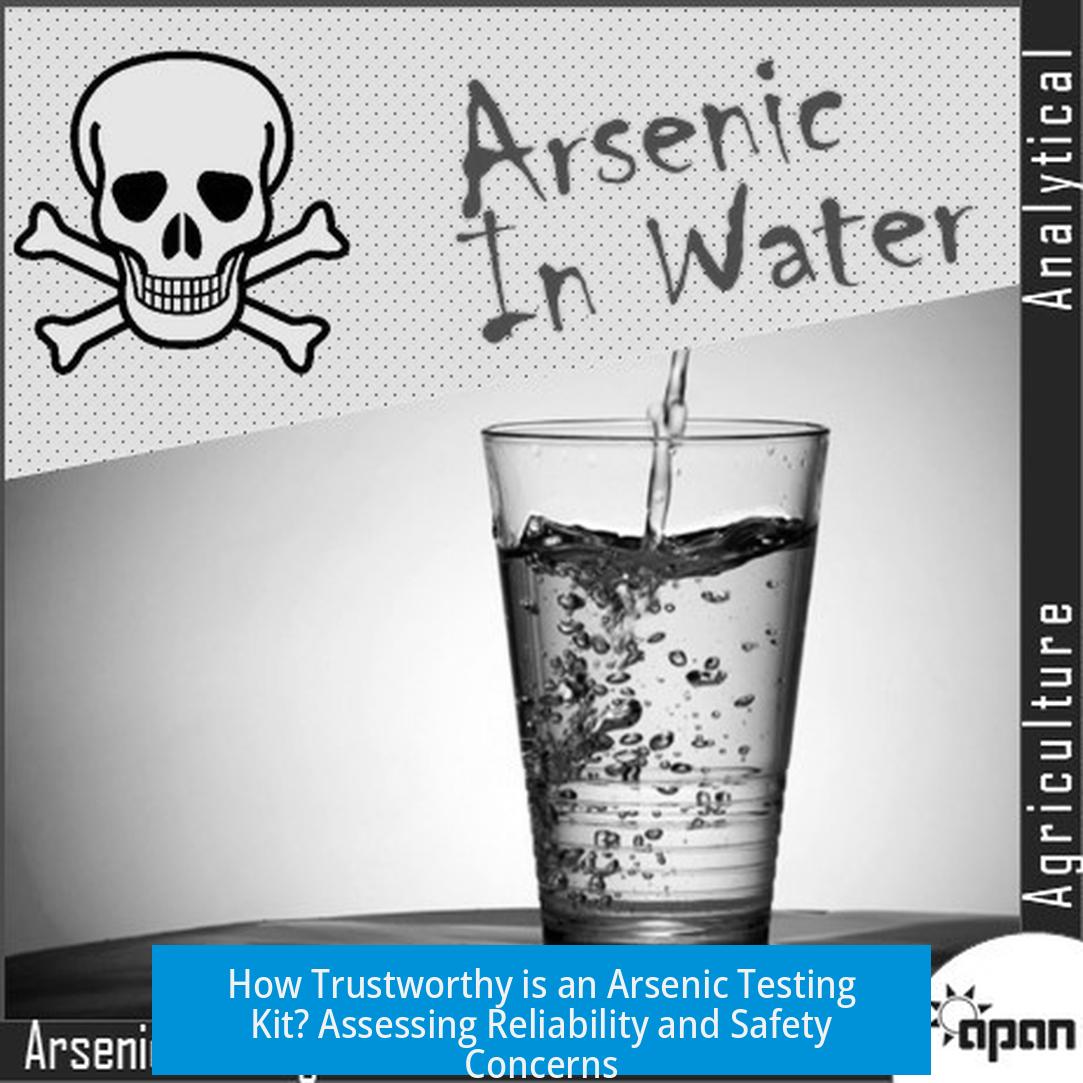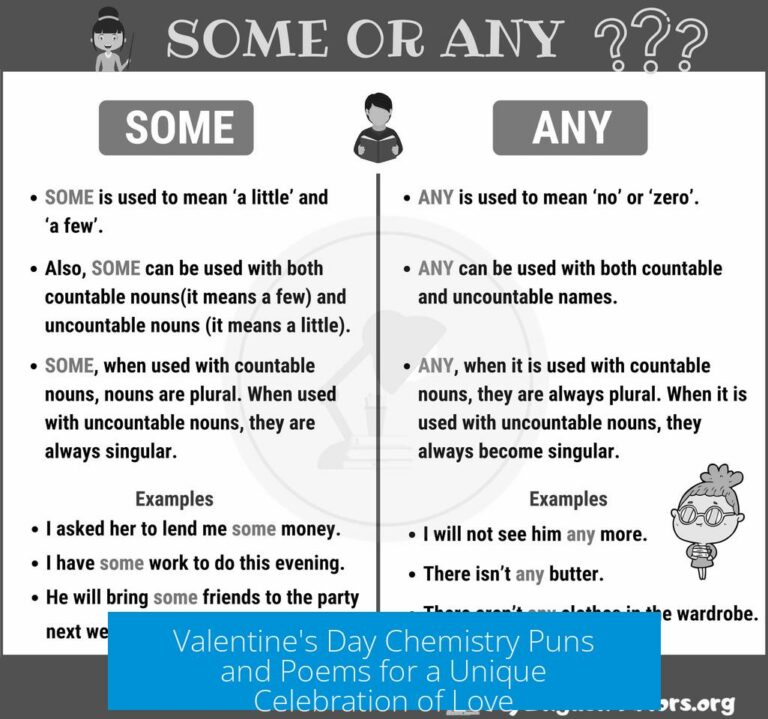How Trustworthy is Arsenic Testing Kit?
Arsenic testing kits offer a quick screening method but their trustworthiness depends on proper controls and understanding their limitations. Without standard test solutions, results may lack reliability and could be misleading.
Reliability Depends on Standard Controls
Arsenic test kits typically require calibration with standard solutions at known concentrations, often at levels like 50 and 200 parts per billion. These standards ensure that the kit readings are accurate and reproducible.
Without these controls, the kit cannot differentiate between background noise and actual arsenic levels confidently. Users relying solely on the kit’s color change may misinterpret results, thus reducing reliability.
False Positives and Specificity Issues
Some users report positive arsenic results on samples such as treated lumber. This may reflect the kit’s sensitivity to arsenic compounds in coatings or preservatives, but it also suggests a risk of false positives.
- The kit may detect arsenic derivatives or related chemicals without clear indication of hazardous levels.
- Non-specific reactions might cause color changes unrelated to arsenic presence.
Such potential false positives require confirmatory lab testing for accurate assessment.
Chemical Safety Concerns in Test Kits
Several arsenic test kits contain mercury(II) bromide on their test strips. Mercury compounds are toxic, raising concerns for safe handling, use, and disposal. Users must exercise caution and follow manufacturer guidelines to prevent exposure.
The presence of mercury compounds may limit the kits’ practicality in certain environments due to regulatory and safety considerations.
Testing Method Rooted in Classical Chemistry
The testing methodology mirrors the digestion step of the Marsh test, an established arsenic detection technique. Instead of igniting arsine gas, these kits use test strips to visualize arsenic presence.
This linkage to a classical method provides some validity, as the underlying chemistry is recognized. However, replacing the gas ignition step with colorimetric strips trades sensitivity and specificity for ease of use.
Key Takeaways
- Testing kits require calibration with standard solutions for reliable results.
- False positives can occur, especially with complex samples like treated wood.
- The test strips may contain toxic mercury compounds, necessitating careful handling.
- The methodology is based on classical arsenic chemistry but simplified for field use.
Can arsenic testing kits provide accurate results without standard solutions?
Arsenic kits need standard solutions to ensure accuracy. Without known reference points like 50 or 200 units, results may be unreliable and hard to interpret. Using standards helps confirm if the kit is working properly.
Do arsenic testing kits risk giving false positive results?
Yes, false positives can occur. For example, tests might show arsenic on treated lumber, which could confuse actual contamination with other elements or residues. This means the test might indicate arsenic where it’s not hazardous.
Are arsenic testing kits safe to use given their chemical components?
Test strips often contain mercury(II) bromide, a toxic chemical. Handling and disposal need care to avoid exposure. Safety concerns should be considered when choosing to use these kits.
Is the testing method used in arsenic kits based on trusted chemical processes?
The kits mimic the Marsh test digestion step but use test strips instead of gas ignition. This adds some validity because they rely on established chemistry, although accuracy depends on proper use and controls.
Should I rely solely on an arsenic testing kit for critical decisions?
Because of potential inaccuracies and safety issues, don’t depend only on these kits for important conclusions. Confirmatory laboratory testing is advisable for precise arsenic measurement and health-related decisions.





Leave a Comment